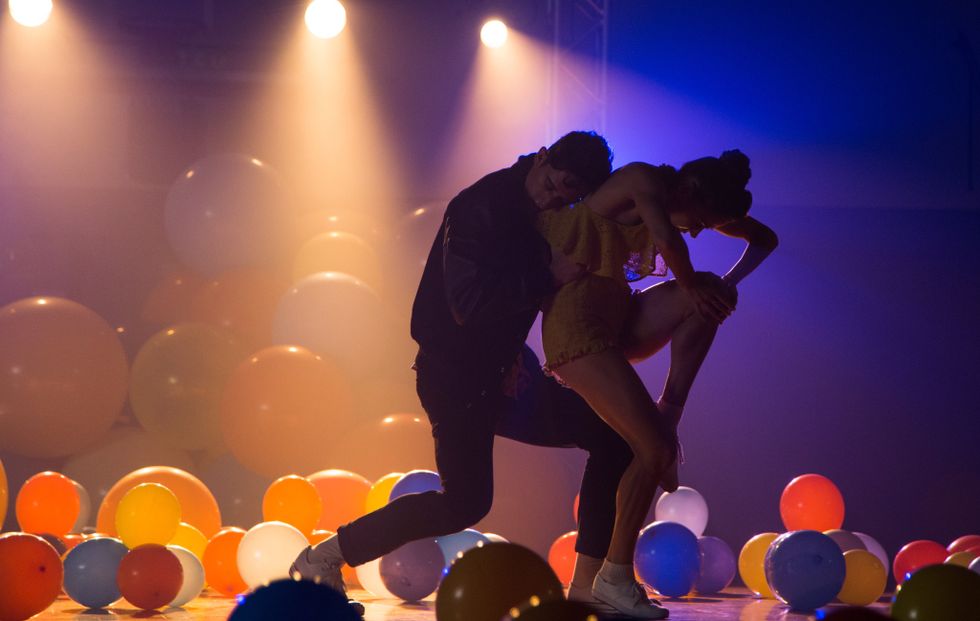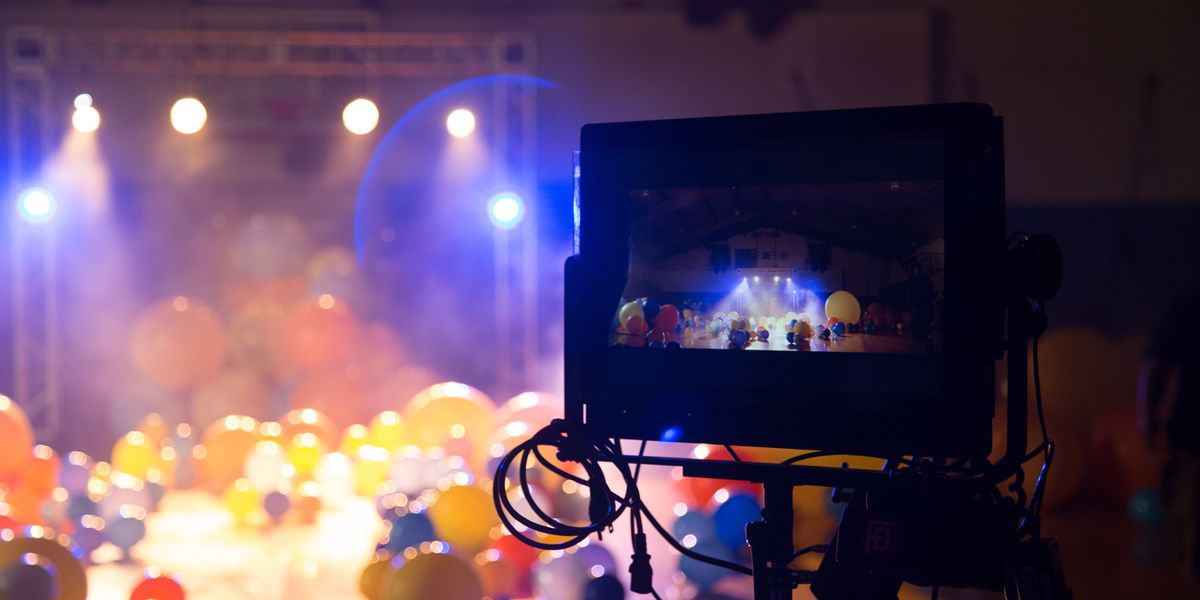Everything You Need to Know About Dancing for the Camera
For dancers with a strictly concert background, making the transition into TV and film can feel like stepping into the unknown. The heightened speed of the rehearsals, ever-changing structure of the sets and somewhat alien nature of the cameras is enough to make even the most seasoned professional a little apprehensive. But dancers can apply the savvy they’ve learned on concert stages to on-camera opportunities.
Adjust to the Space
Unlike company work where you can depend on sprung marley floors and space to move, sets for TV and film are unpredictable and, more often than not, less than ideal. When choreographer Mandy Moore shot the famed traffic scene from La La Land, her dancers had to perform 45 takes in 104-degree weather, alternating between the roofs of cars and the asphalt. And when Broadway dancer and former Parsons Dance Company member Ahmad Simmons appeared in ABC’s Dirty Dancing, he had to transfer the choreography he’d learned in the studio to a bunkhouse cramped with lights, set pieces, makeup artists and crew members. The best way to adjust? See the limitations as puzzles to be solved. “You’ll be surprised by what your body can do,” says Simmons.

La La Land.
Dale Robinette, Courtesy Lionsgate Publicity
Conquer Crunch Time
One of the most challenging aspects of film is the accelerated time for learning choreography. “For something like ‘Dancing with the Stars,’ you can get a half hour of rehearsal, and then immediately turn it around for dress rehearsal, camera block and live shows,” says Moore. “There’s not time to let the work marinate.” The more you work this way, the better you’ll get at it. In the meantime, Shaping Sound dancer Chantel Aguirre recommends staying present. “Everyone is doing so many different jobs around you,” she says, “but you need to focus on the choreography, what the changes are and what is expected of you.”
Take Care of Your Body
When former Miami City Ballet principal Patricia Delgado danced in The National’s music video “Dark Side of the Gym,” she learned to be intentional about caring for her body on set. “Get there early to warm up before your call time, and then stay warm throughout the day,” she says. “Drink a lot of water and bring snacks to keep your body fueled. I ate whenever I had the chance so that I didn’t crash.”
Pace yourself. “When you dance onstage you can let your adrenaline carry you through the two-hour performance,” says Delgado. “You can’t do that on set. You have to do the choreography too many times.” Simmons likens shooting for film to alternating between running a marathon and doing sprints. “The pieces are learned in their entirety, yet often filmed in 30-second spurts that you repeat over and over.”
To ration stamina, Moore encourages her dancers to temper the intensity of their warm-ups, and to only dance full-out the moment the cameras are rolling or when directors, producers or the network are watching. Find elements of the choreography that lend themselves to subtlety rather than maximum energy, says Delgado.

Ezra Hurwitz, Courtesy Delgado
Manage Multiple Camera Angles
The most obvious difference between dancing for film and stage is the camera. When Aguirre performed at the Oscars for the first time, she had to learn where the cameras were to know when she was in the shot, where her gaze should be and at what level she should project.
On many sets, Steadicams (mobile cameras that are connected to crew members as they move around performers) are an obstacle dancers need to manage. “At any moment dancers will need to get out of the way, and then immediately jump back on their mark because they’re in the shot again,” says Moore. “It becomes a heady, analytical, ninja way of dancing.”




